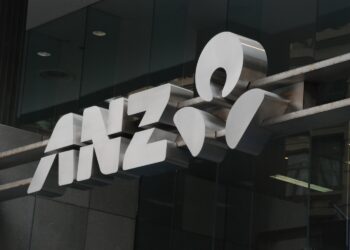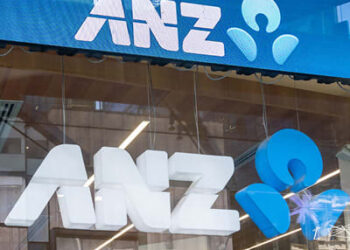CBA posted a cash net profit of around $1.3 billion for the third quarter of financial year 2020, down from $1.7 billion the year before and a quarterly average of $2.2 billion during the first half.
The bank signalled money had been placed towards a $1.5 billion COVID-19 provision ($1.05 billion post-tax), as well as $135 million for remediation costs ($95 million post-tax). Its total credit provisions are now $6.4 billion, compared to $5 billion in the December quarter.
During the three months to March, the loan loss impairment was $1.6 billion, or 80 basis points of average GLAA, inclusive of the additional COVID-19 provision.
There had been an 800 per cent increase in calls to CBA’s financial assistance hotline, contributing to more than 1 million calls and online requests for help. The bank reported there had been 4 million visits to its COVID-19 support page.
Home loan repayments had been reduced to the minimum during the quarter, with CBA reporting it released $3.6 billion to customers. It also made other calls such as waiving merchant service fees for a number of businesses and refunding $9.2 million in credit card interest and late fees.
CBA noted the longer-term impacts of the pandemic are difficult to place at this stage. But chief executive Matt Comyn has remained confident, commenting the bank is well funded, with “excess liquidity and strong capital”.
“Through our strong operational execution, our banking businesses have performed well – resulting in above-market growth in deposits and home lending, and continued growth in business lending,” Mr Comyn said.
Further wealth and banking remediation provisions caused operating expenses to grow by 5 per cent from the quarterly average for the first half, to $2.8 billion in the quarter. Without notable items, expenses were up by 4 per cent year-on-year.
Operating income at around $6 billion, was largely flat, having increased by 2 per cent year-on-year. CBA stated the lower cash rate had somewhat offset core volume growth.
The trading update came as CBA declared on Wednesday it was selling a 55 per cent stake in Colonial First State to global investment firm KKR, for around $1.7 billion.
The group had also completed divesting its Indonesian life insurance business, PT Commonwealth Life (PTCL), having gained the final regulatory approval for selling its 80 per cent equity interest.
The transfer of PTCL to PT FWD Life Indonesia is expected to be completed in June.
On completion, CBA’s Indonesian banking business, PT Bank Commonwealth will enter into a 15-year distribution partnership with the FWD Group for the provision of life insurance products.
CBA had also offloaded trade execution, settlement and clearing solution provider Australian Investment Exchange (AUSIEX), which traded under the name CommSec Adviser Services, towards the end of April.
It sold the business to Japanese technology solutions and business consultant Nomura Research Institute for $85 million.
CBA is ‘well placed’ on dividends
AMP Capital Australian equities portfolio manager Dermot Ryan weighed in on the third-quarter update, commenting CBA is the only major bank that has managed to increase its mortgage and deposit growth above system, in a tight and competitive environment.
Application volumes were around 10 per cent higher than the same period the year before.
“The update showed [its] capital levels are strong, aided by the clean exit of [its] life insurance business and the 55 per cent sale of Colonial First State to a private equity firm,” Mr Ryan said.
“[CBA] is well placed in the sector on dividends but should be less compelled to pay out at previous high levels as the era of high payout ratios in the sector [is] over for the time being.”
The major bank’s update has come after Westpac and ANZ deferred their dividends alongside the release of their recent results, while NAB slashed its payout by 64 per cent year-on-year.
CBA will declare its full-year dividend with its results in early August. The bank paid $3.5 billion in dividends for the first half of financial year 2020.
“The banking sector is rightly topping up their provisions to account for any potential for loans to deteriorate due to the COVID lockdown,” Mr Ryan said.
“This means that profits will be lower for a while and these profits will [be] kept in the companies to build up capital reserves in case provisions or bad loans increase.
“For investors, income from this sector will be subdued in the short to medium-term, but the money or retained dividends kept in the banks mean they will be in a better position to lend to domestic businesses and households in the recovery.”
He added reopening the economy as quickly and safely as possible is the priority.
“A strong banking sector plays an important role in helping the economy rebound,” Mr Ryan stated.







